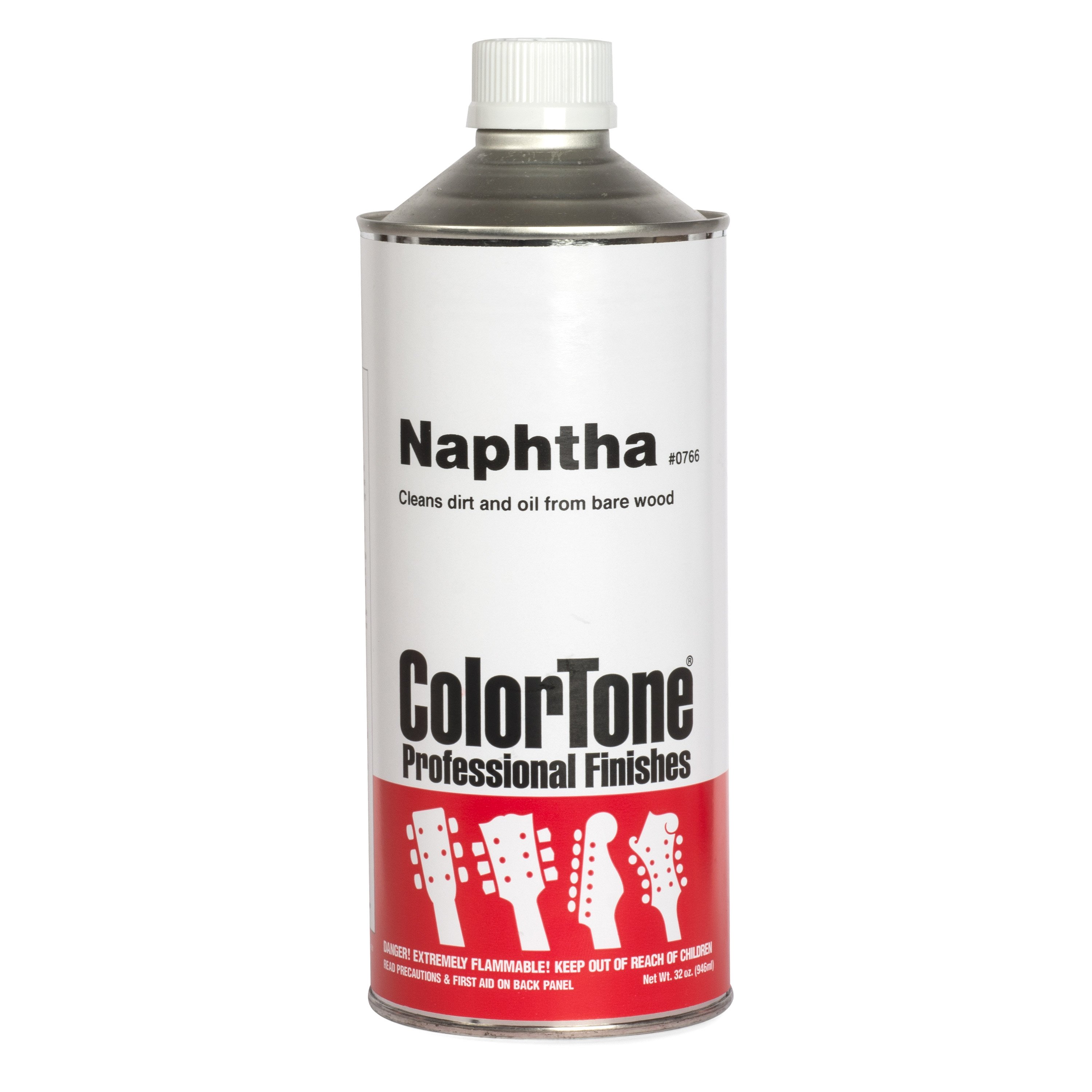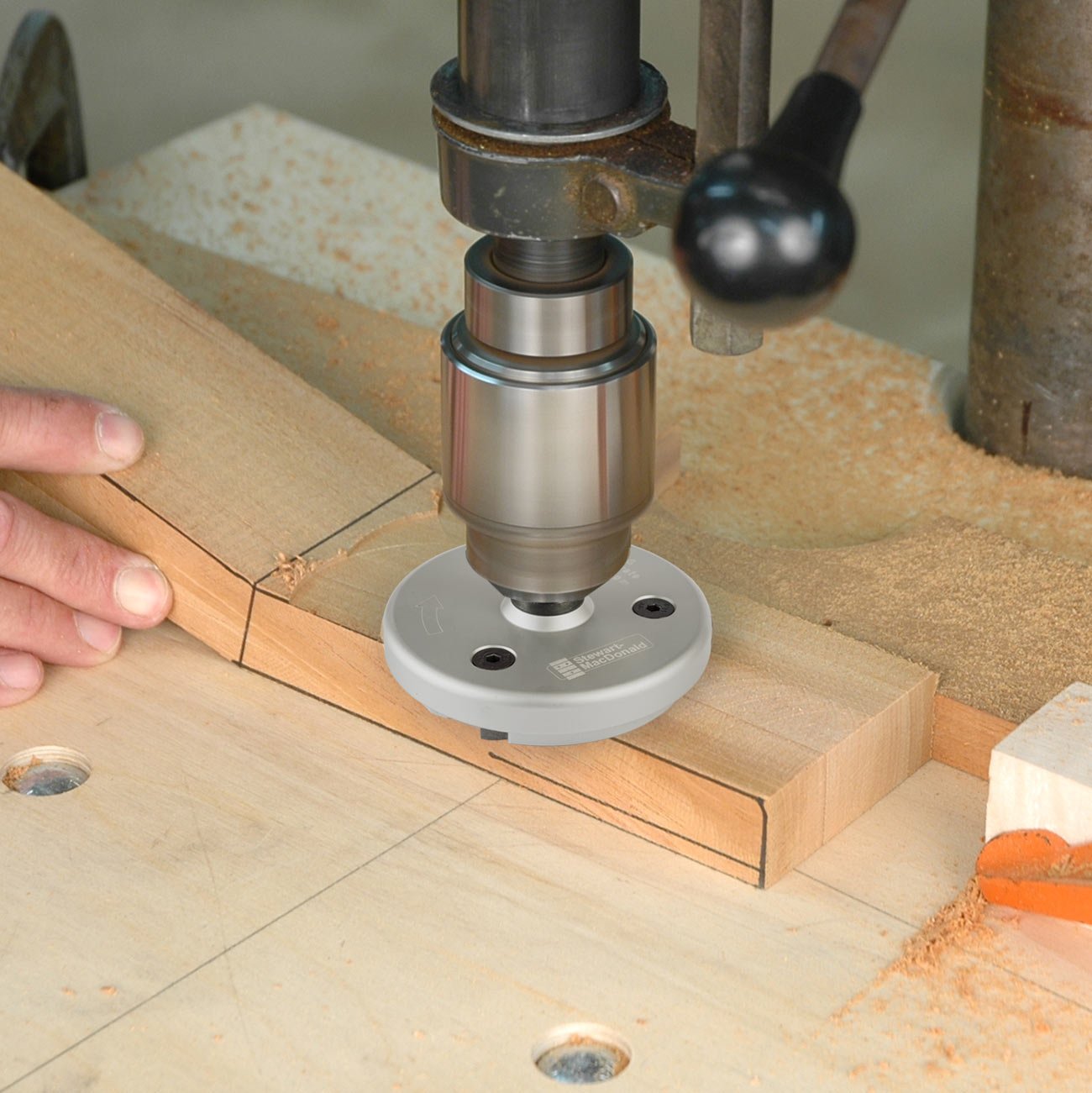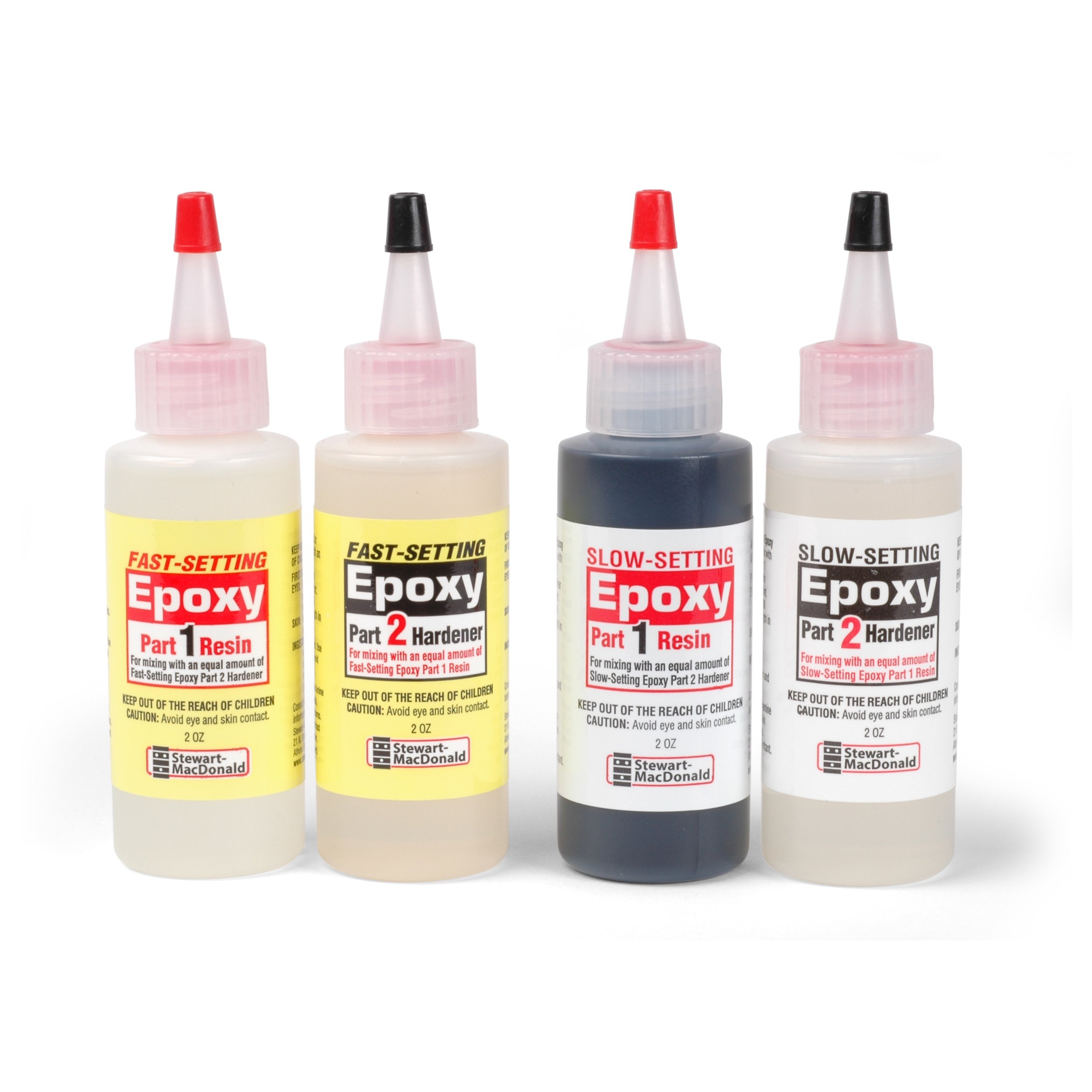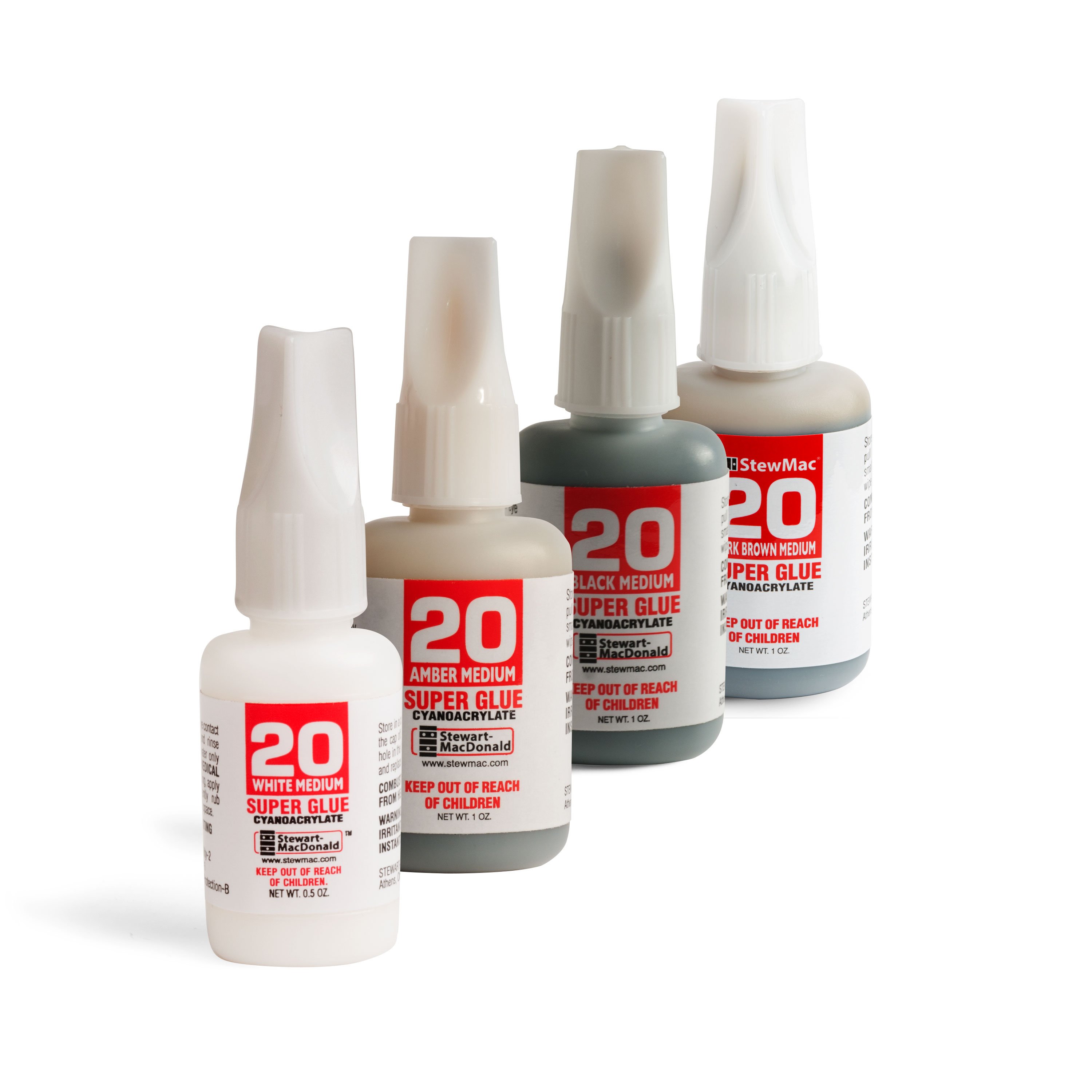Stop throwing away used sandpaper rolls. Clean them!
Whether you're a woodworker or guitar maker, if you use a drum sander you know how easy it is to clog up the sandpaper rolls—especially if you are sanding resinous woods. Throwing them away when they get clogged gets quite expensive!
In this video, Dan demonstrates a neat trick to clean heavily clogged sandpaper, so you can reuse it. When you're done it will look (almost) as good as new. It's cheap, it's fast, and very simple to do.
Video Transcription
[on-screen text reads: StewMac]
Dan Erlewine: I just got finished sanding a set of this killer tone wood. It's African blackwood. Like a lot of the tropical tone woods, it's not only a great sounding wood and beautiful, it's really full of resins and sticky stuff that loads up your sanding belt.
We use two belts on the drum to sand this set down. Let me show you what I mean. Look at that. That's the resins that heat up when it's being sanded, and it gets glazed and melted right into the sanding grit.
I've tried cleaning these with an abrasive sanding stick. I use that a lot on my 6x48 belt sander, but still it won't get that glazed finish off.
Until recently, I've been throwing these out. This long one on a big machine like this probably costs 12 bucks, and we used two of them for one set.
I say recently because a friend of mine here at StewMac that builds guitars came up with a good tip for me on how he can rejuvenate these belts and use them again.
How to rejuvenate used sandpaper rolls
This trick I'm about to show actually is so simple, that it's hardly worth making the video, maybe. But I was so amazed by this, I want to share it with you.
I've got it rolled up so it fits in this Mason jar. You want to get that unfurled a little bit, like that. So that when we fill that jar up with this solvent, it gets in between all the layers.
And what we're going to pour in there is a blade and bit cleaner, a formula that cleans saw blades, router bits, drill bits. This is CMT. You don't have to use that brand; there's a number of brands on the market. We like this one because it's non-toxic, biodegradable. A gallon of this stuff costs about as much as three of those belts. And look, it's going to last me forever. Reminds me of having a colonoscopy.
All I have to do now is to wait overnight. And then tomorrow you're going to see the magic trick.
Okay, here we are, the next morning. Look at all the resin that's come off in the liquid. Yesterday, this liquid was clear; sort of looked like a light black tea. Today, it looks like used motor oil.
Stretch it out, rinse off, dry and store
Shake some of that stuff out of it and stretch it out flat. I use three bricks, because it tends to want to coil up on you. The flatter you can get it, the easier it is to rinse off. And if you find black spots that don't come off, use a wire brush on them; just scrub them a bit. Almost all of them will come off; they always do. And if you have a couple left on the sanding paper, it doesn't matter.
It's clean. I'm amazed. I'm going to keep it rolled up. It'll probably take a couple of days to dry, and then put it back on the sander and use it. My buddy takes three or four of these at a time and puts them in a bigger jar and does it that way.
And don't throw out the used liquid. You can use it over and over again. When it starts getting really dirty, you can pour it through a paint strainer. But it'll keep working, even when it looks dirty.
Well, I hope this little trick has helped you. And if you have any little tricks for cleaning the sanding belts, please put them in the Comments section below. Thanks for joining.







